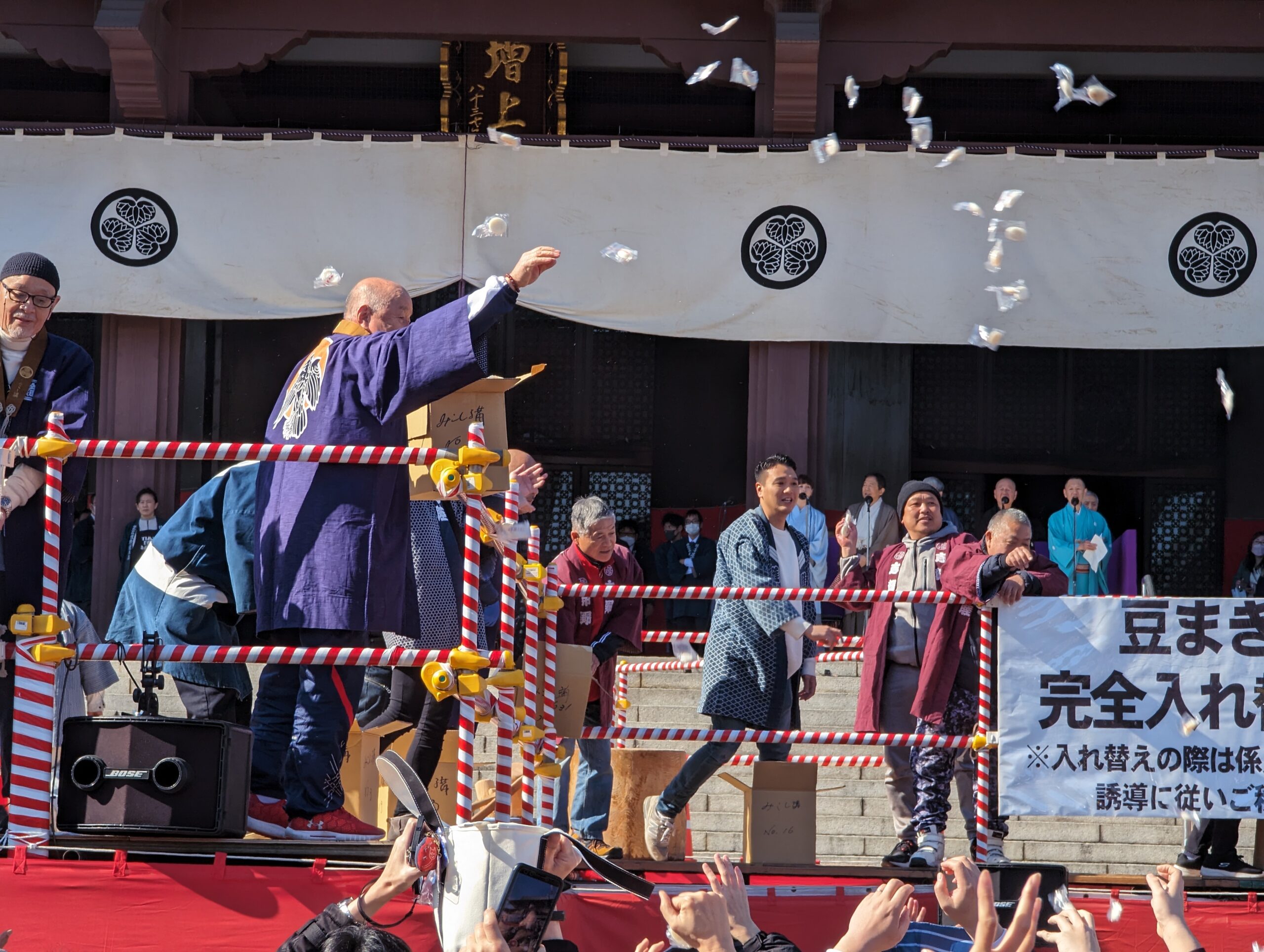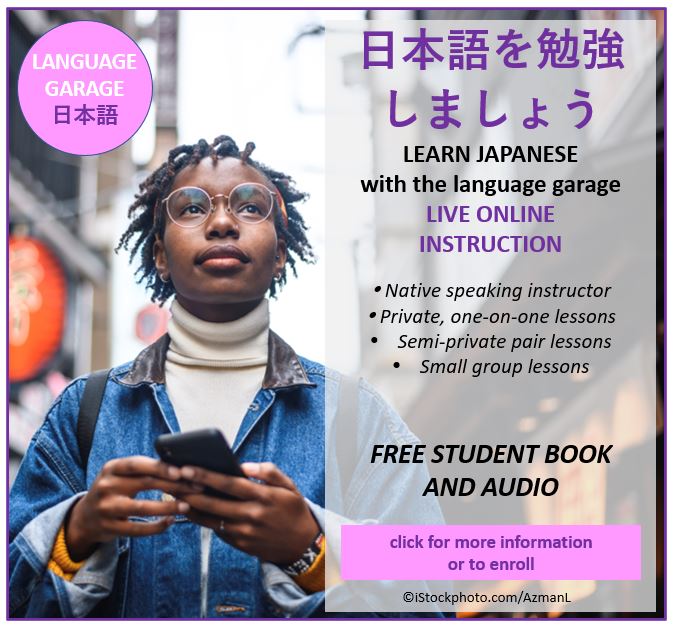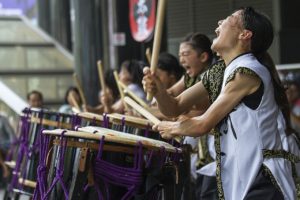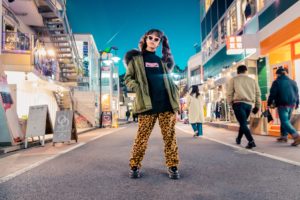Celebrating Japan’s Setsubun: A Tradition of Renewal and Good Fortune
The Japanese holiday of 節分 Setsubun means seasonal division, and it marks the transition from winter to spring. Japanese people traditionally observe the holiday on February 3 or 4. While it is not a public holiday, Japan’s Setsubun is an important cultural event. It is filled with symbolic rituals, festive activities, and meaningful customs aimed at welcoming good fortune and driving away evil spirits.
A Brief History of Setsubun
The origins of Setsubun trace back over 1,000 years to the 平安時代 Heian jidai (Heian period) from 794–1185. It was initially a part of 追儺tsuina, a ceremony to welcome the spring, which belonged to Chinese folk practices introduced to Japan. The event signified a time to cleanse away misfortunes from the past year and prepare for the coming season. Over time, Setsubun evolved into a family-centered celebration with unique Japanese traditions.
Traditional Festivities of Japan’s Setsubun: Driving Away Evil Spirits
The most famous ritual of Setsubun is 豆撒きmamemaki, literally bean-scattering. This activity is meant to drive away 鬼 oni (evil spirits) and invite good fortune into homes. During mamemaki, participants throw 福豆 fukumame (fortune beans), which are roasted soybeans, either out the front door or at a family member wearing an 鬼 oni mask. While doing this, they chant 鬼は外! 福は内! Oni wa soto! Fuku wa uchi! (Demons out! Fortune in!).
After the ritual, each family member eats the same number of beans as their age, plus one extra for good luck. According to custom, this practice ensures health and longevity for the year.
Food Traditions of Japan’s Setsubun: Ehomaki and Seasonal Flavors
One of the most delicious aspects of Setsubun is eating 恵方巻 ehōmaki, literally lucky direction roll. This is a thick sushi roll filled with various ingredients such as egg, cucumber, shiitake mushrooms, and eel. Traditionally participants eat ehōmaki while facing the 恵方 ehō, the year’s lucky direction determined by the Chinese zodiac.
People eat ehōmaki in silence while making a wish, adding to the sense of ceremony. This relatively modern tradition originated in Ōsaka in the Kansai region. But it gained nationwide popularity in the late 20th century, partly due to the marketing efforts of stores such as コンビニ konbini (convenience stores), which promoted premade ehōmaki.
Games and Activities
Beyond mamemaki, Setsubun celebrations may also include playful activities like creating handmade oni masks with children. For Japanese families, this is a fun and creative way to engage children in the tradition. Community events at temples and shrines often feature larger-scale mamemaki ceremonies, where people throw beans, sweets, and small prizes to crowds. Some temples even invite celebrities to participate, making the occasion lively and festive.
Cultural Significance and Spiritual Themes of Japan’s Setsubun
At its core, Setsubun reflects Japan’s deep connection to nature, seasons, and spiritual balance. The rituals symbolize renewal, a fresh start, and the hope for prosperity and health in the year ahead. Temples like 浅草寺 Sensō-ji in Tokyo and 八坂神社 Yasaka Jinja (Yasaka Shrine) in Kyoto host grand ceremonies. These draw thousands of visitors who come to partake in blessings and enjoy the celebratory atmosphere.
The symbolism of oni as embodiments of misfortune and mamemaki as an act of empowerment highlight the cultural belief in shaping one’s destiny through action and intention.
Setsubun is more than just a celebration; it is a moment of reflection, renewal, and joy. From the spirited act of mamemaki to the quiet, contemplative tradition of eating ehōmaki, the festival is a beautiful example of how Japanese culture blends spirituality, family, and community in its seasonal observances. 節分おめでとう! Setsubun omedetou! (Happy Setsubun!) 福は内 ! Fuku wa uchi! (Fortune in!)
Get on the road to speaking Japanese with the Language Garage!
We hope you’ve enjoyed learning a little bit about Japan’s Setsubun, 節分, the celebration of the change from winter into spring. If you’re interested in learning more, check out our other posts on Japanese language, culture, and more. And if you’re looking for convenient and affordable live Japanese lessons with a real teacher, check out the Language Garage. Our lessons are given online in a virtual classroom, so it doesn’t matter where you live or work – we can come to you. And we have flexible options, with a free trial so that you can decide if there’s a fit. Check us out!
Image source Wikimedia Commons






